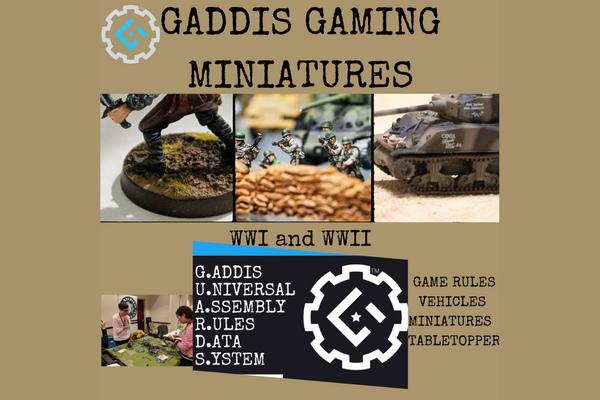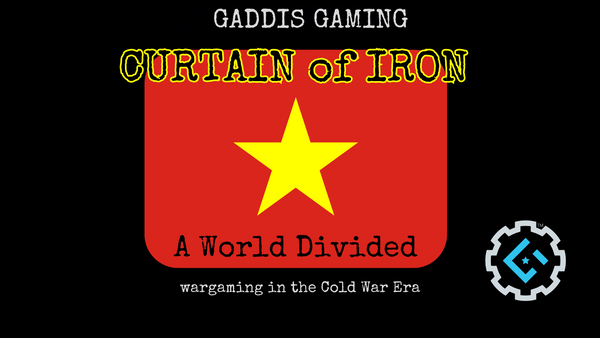World War II tanks of Italy

Taking a look at the P40 Tank
Despite their issues and shortcomings, the Italian tanks eventually upgraded on their fundamentals, they come with upgraded armour and better vehicle design that improves the mobility and the gun power of the vehicle.
General John Scott Cockburn made a decision to launch his 22nd Armored Brigade into a frontal attack on the forces of the Italian 132nd Ariete Armored Division arrayed in Bir el Gubi in south eastern Libya on the morning of November 19, 1941.
The italian tank formation was amateaur and was poorly formed, they had repeatedly failed in the battles against the British armoured vehicles and their artillery positions earlier that year.
Cockburn hoped that a show of force from the 22nd Brigade's tanks, which were loaded with 150 brand-new Crusader I cruiser tanks, would create chaos.
He thought it wasn’t necessary to wait around for infantry support.
As part of Operation Crusader, he would be able to swing the 22nd Brigade to the north and join forces targeting the German Afrika Korps under General Erwin Rommel.
The 22nd's attack got a very good and hopeful start.
Some of the many Italian artillery battalions and elite Bersaglieri infantry battalions were routed by Crusaders.
Separated from the main force, small units of Italian M13/40 tanks suffered major losses.
As the Crusaders were delayed due to Italian mines and Bersaglieri, the 32nd Armored Regiment countered and attacked with around sixty M13/40 tanks.
In the big and open desert, a whirling armored duel erupted, with one side flanking the other but instead it got flanked in turn by formations in the wings.
Meanwhile, Fiat trucks armed with 75mm howitzers and 102mm naval guns open fired from the flanks, they were capable of destroying the armour warships from a huge distance.
The two-pounder (40 millimeters) and 47-millimeter guns of the Crusaders and M13/40s were both unprotected to each other.
At Bardia, the final weapon had turned inefficient against Matilda II heavy tanks' armor which was thick and strong, but it could have easily penetrated thin armored British cruisers.
As the tanks brewed up, heavy clouds of smoke arose from the streets into the sky, this made the survivors of the crew in chaos as they tried to get out of their burning vehicles.
The brigade's regiments of three tanks decided to fall back one at a time on 4:30 p.m. The battlefield was left with around 42 to 52 burning Crusaders and thirty-four M13/40s.
The Afrika Korps was left with just one British armored brigade to deal with.
Bir-el-Gubi revealed that Italian tankers had vastly helped improve their skills and could hold their own given sufficient forces and equipment.
However, the conditions were rarely in the favour of the Italian ground forces.
Mussolini, for example, committed 235,000 Italian soldiers from the 8th Army to support the Nazi invasion of the Soviet Union on the spur of the moment.
These were backed up by seven-ton L6/40 light reconnaissance tanks and Semovente 47/32 assault guns, which were superior mechanically but were badly underpowered compared to the Red Army's various and strong T-34 tanks.
During the starting phase of the Soviet double-envelopment (Operation Saturn), which surrounded the German 6th Army in Stalingrad in the winter of 1942/1943, a great part of the Italian forces guarding German flanks on the East Front was swept away.
Meanwhile, new Grant, Crusader III, and Sherman medium tanks entering British service conclusively outperformed Italian M13 and M14 tanks in North Africa by mid-1942.
In 1943 only the better and stronger armored M15/42 with a higher-velocity gun entered service.
The Fiat-Ansaldo Autoblinda armored scout cars with the newly structured four-wheel drive transmission, and its artillery that was self-propelled mounting heavy guns and armor on the turretless hull of a tank, were Italy's best armored tanks at that time.
The hulls of M13 and M14 tanks were converted into Semovente 75/18 howitzers capable of penetrating Allied tanks with shaped-charge HEAT shells.
Longer-barreled Semovente 75/34 and Semovente 90/53 tanks with a powerful 90-millimeter anti-aircraft cannon were later mounted on the hull of the M15/42 tank, resulting in the longer-barreled Semovente 75/34 and Semovente 90/53 tanks with a powerful 90-millimeter anti-aircraft cannon that could snipe tanks from mountain tops in Sicily and Italy.
In the cataclysmic Second Battle of El Alamein, the powerful and self-propelled artillery made the 132nd Ariete armored divisions to hold their positions for an astonishing time of 12 days before being circled up and destroyed by a powerful British armored force.
Rommel lauded the valor of the Italian armored units he sacrificed in doomed-rear-guard actions at El Agheila and the Mareth Line in order to get the German forces some time to flee.
Later, the 131st Centauro Armored Division's twenty-two M14/41 tanks and Semovente 75/18s broke into the American infantry on Highway 13 in Tunisia (combat footage here), and got overrun by the American infantry at El Guettar one month later and forced to surrender in May.
The Allies turned their attention to Sicily. The Livorno Mountain Division gathered 38 antiquated Fiat 3000 tanks and several battalions of Semovente self-propelled guns in mobile groups to attempt to overrun the American infantry and paratroopers in the Battle of Gela in Sicily.
The Italian counterattacks were interrupted by bazookas, anti-tank guns, and even naval gunfire.
Italy signed an armistice with the Allies on September 8, 1943. Regrettably, the Nazis were well-prepared and moved very fast to take control of Italy's northern two-thirds.
As a result, there was one last activity among Italian tankers.
The XIX battalion's M15/42 tanks sank a German gunboat and damaged another in a battle at Piombino.
The Ariete II division fought the German 3rd Panzergrenadier Division for two days in Rome, with forty M15/42s and 157 Semovente guns, including a powerful new variant with 105-millimeter howitzers.
Many of the hundreds of Italian armored vehicles were taken over by the Germans, who then continued factory production of new vehicles.
Ansaldo had only recently begun the production of the twenty-right-ton P26/40 tank, which had been inspired by a captured Soviet T-34.
In terms of armour and firepower, the P26/40 had 60 millimeters of heavily sloped (though still riveted) armor and a 75-millimeter medium-caliber gun, putting it on par with early American Sherman medium tanks.
Besides the fact that Italian soldiers served in both the Fascist Italian Social Republic (RSI) and the Allied Co-Belligerent Forces, the former was in charge of any armor that the Germans hadn't already taken.
Mussolini entered World War II with an industrial base that could not compete with global powers like the United Kingdom.
Atrocious operational-level generalship and an early over-reliance on outdated technologies exacerbated the problem.
Conclusion
Despite these flaws and disadvantages, the Italian tank units steadily improved their capabilities, and armored vehicle design improved drastically in terms of mobility, firepower, and protection.
However, it was far too late to turn the fortunes of Mussolini's Italy around.
By Ruby Buddemeyer
Leave a comment
Comments will be approved before showing up.


